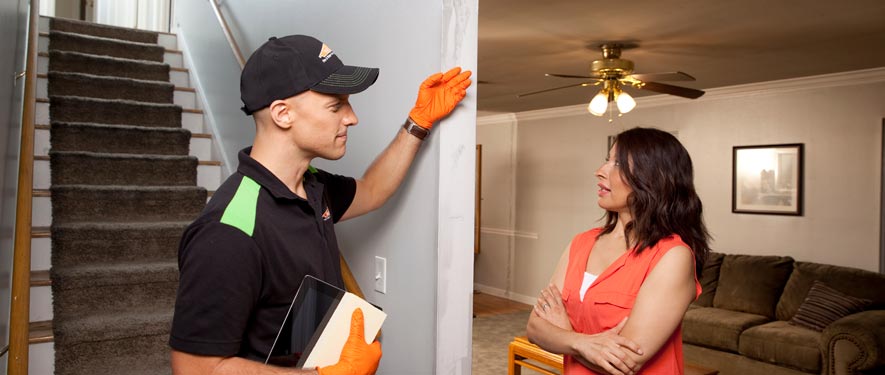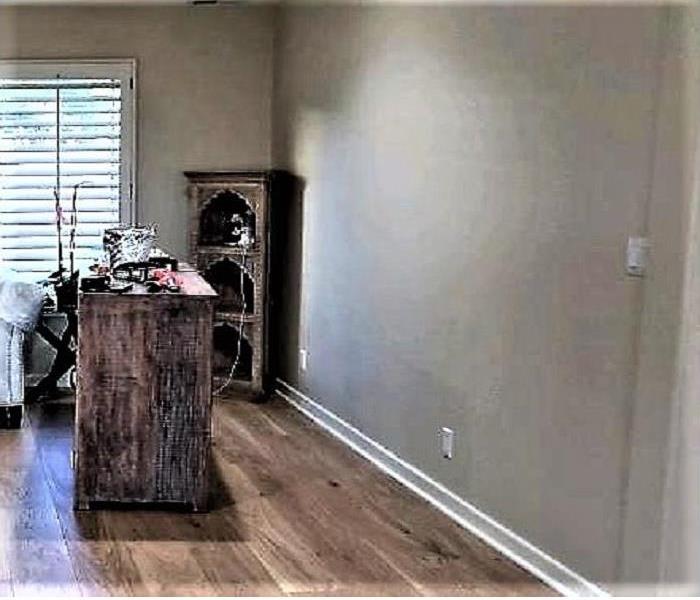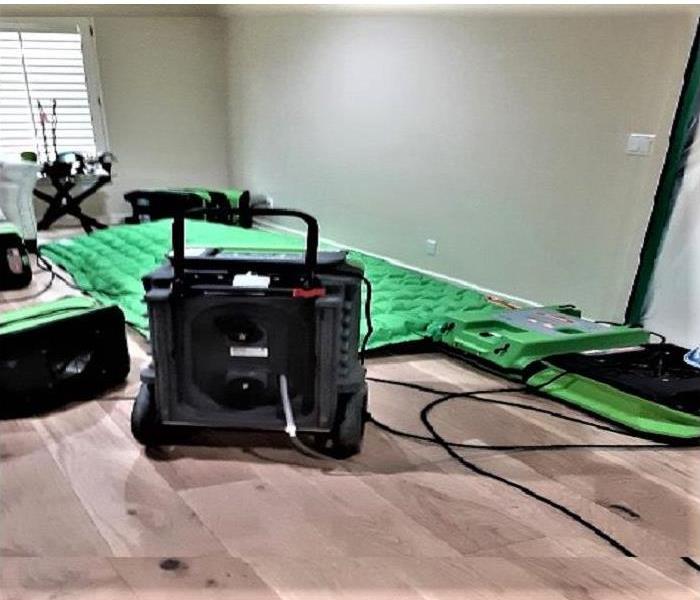
Fire Damage Restoration Process
6 Simple Steps to Restoring the Property from Fire Damage
- Confirming the Property is Stabilized to Enter - From the outside carefully check for signs of structural damage before opening door.
- Minimize Damage - Being cautious of soot staining, mold and mildew, rust and corrosion and the air quality in the home.
- Removal of Debris and Soot - Must be removed before any restoration can begin. Soot can cause more damage if the longer it stays on surface, while debris is only to get in the way of the restoration process.
- Removing Personal Possessions too Damaged to Restore - Take extra caution in touching any kind of electrical machines or appliances. Remove items that do not look damaged. This will prevent the items form being contaminated any further.
- Eliminate Excess Water and Dry Wet Surfaces - Making sure to rid any standing water and using professional air movers and dehumidifiers to properly dry.
- Deep Cleaning and Deodorizing - Our technicians at SERVPRO are certified and available to content clean carpets and items that are needed.
Have Questions About Fire, Smoke, or Soot Damage? Call Today – (424) 570-9900
Every fire damage event is a little different, and requires a unique solution, but the general process stays the same. The steps listed below illustrate our process for the “typical” fire damage emergency.
Step 1: Emergency Contact
The restoration process begins when you call us. Our representative will ask questions regarding the fire damage event that will help us respond immediately with the appropriate equipment and resources.
Step 2: Inspection and Fire Damage Assessment
We carefully inspect and test adjoining rooms of your property to determine the extent of the fire, smoke, and soot damage. This step is crucial to developing a plan of action.
Step 3: Immediate Board-Up and Roof-Tarp Service
Fire damage can often compromise windows, walls, and roofs. To maintain security and to protect against further damage, we can board up missing windows and walls and place tarps on damaged roofs.
Step 4: Water Removal and Drying (if water damage is present)
The water removal process begins almost immediately and removes the majority of the water. We then use dehumidifiers and air movers to remove the remaining water and complete the drying process.
Step 5: Removal of Smoke and Soot from All Surfaces
We use specialized equipment and techniques to remove smoke and soot from ceilings, walls, and other surfaces.
Step 6: Cleaning and Sanitizing
We clean, sanitize, and disinfect all of the restorable items and structures that were damaged by the fire. We use a variety of cleaning techniques to restore your belongings to pre-fire condition. We’re also trained to remove odors using industrial air scrubbers and fogging equipment.
Step 7: Restoration
Restoration is the final step—getting your home or business to its pre-fire condition. Restoration may involve minor repairs, such as replacing drywall, painting, and installing new carpet; or it may entail major repairs such as the reconstruction of various areas or rooms in a home or business.






 24/7 Emergency Service
24/7 Emergency Service




